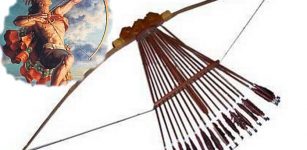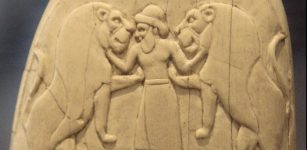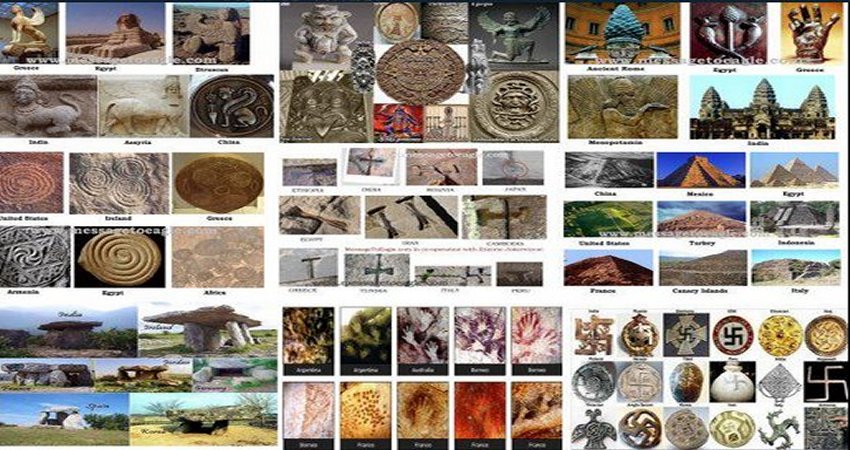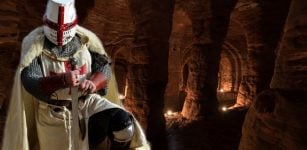The Great Stupa At Sanchi – Oldest Stone Structure In India
MessageToEagle.com – Sanchi is famous in the world for stupas, monolithic Asokan pillar, temples, monasteries and sculptural wealth.
Located at Sanchi Town in Raisen District of the state of Madhya Pradesh, India we find the country’s oldest stone structure known as the “Great Stupa of Sanchi”.
Great Emperor Asoka laid the foundations of a religious centre at Sanchi
Commissioned by the emperor Ashoka the Great in the 3rd century BCE,the stupa was originally a low structure of brick, half the diameter of the present edifice hemispherical in shape with raised terraces at the base.
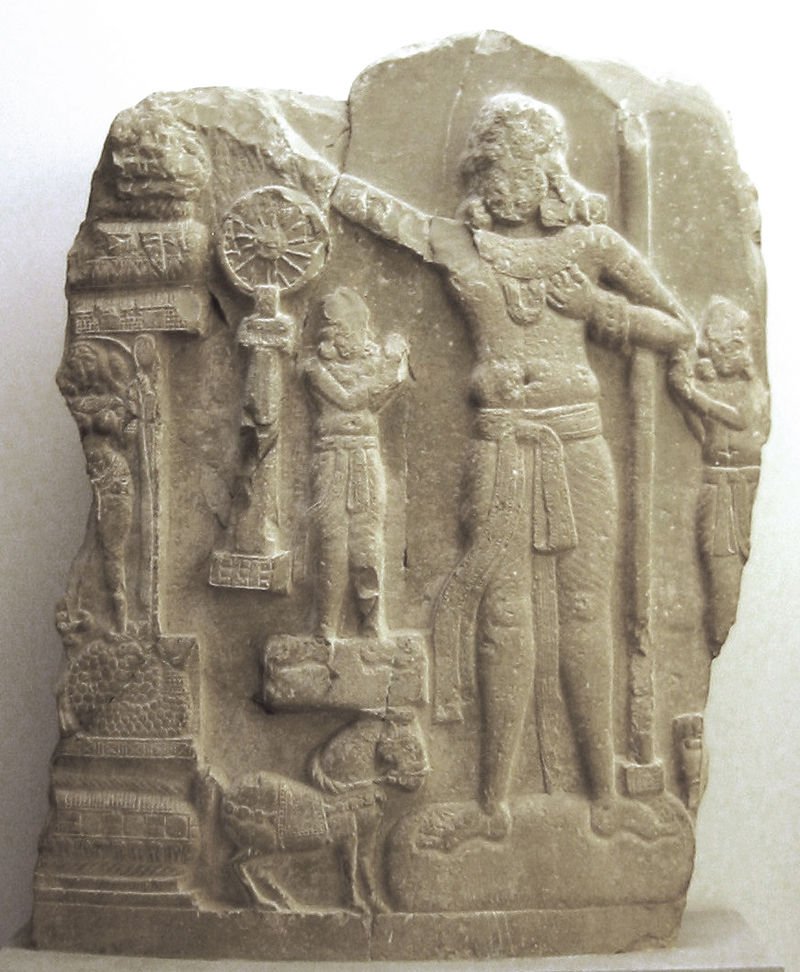
It was enclosed by a wooden railing and a stone umbrella at the top. This Great Stupa served as a nucleus to the large Buddhist establishment during the later period.
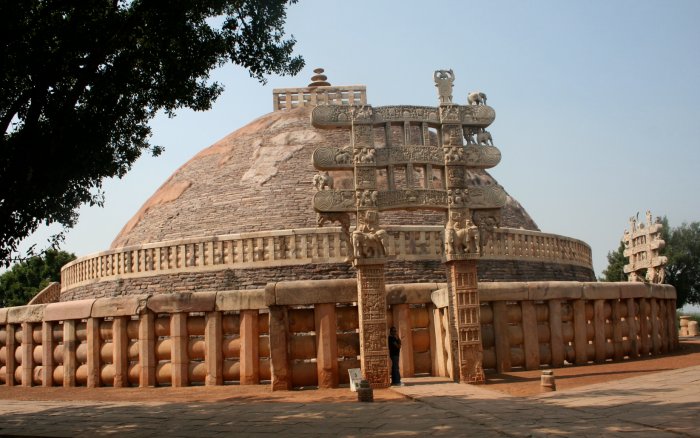
Sanchi, variously known as Kakanaya, Kakanava, Kakanadabota and Bota-Sriparvata in ancient times, has a singular distinction of having remarkable specimen of Buddhist art and architecture right from the early Mauryan period (c. third century BC to twelfth century AD)
During Sunga times, several edifices were raised at Sanchi and its surrounding hills. The Asokan stupa was enlarged and faced with stones and decorated with balustrades, staircases and a harmika on the top.
In the first century BC the Andhra-Satavahanas, who had extended their sway over the eastern Malwa, caused the elaborately carved gateways to Stupa 1. The Great Stupa of Sanchi displays an austere grandeur and the exquisite carvings of the doorway depict in detail the significant episodes and miracles from Lord Buddha’s life and events depicted in the Buddhist Jataka stories.
Depictions of Buddha as a non-human figure
The Sanchi gateways are made of stone, but they were constructed in the manner of wood and covered with narrative sculptures. They show scenes from the life of the Buddha integrated with everyday events that should be familiar to the onlookers and make it easier for them to understand the Buddhist creed as relevant to their lives.
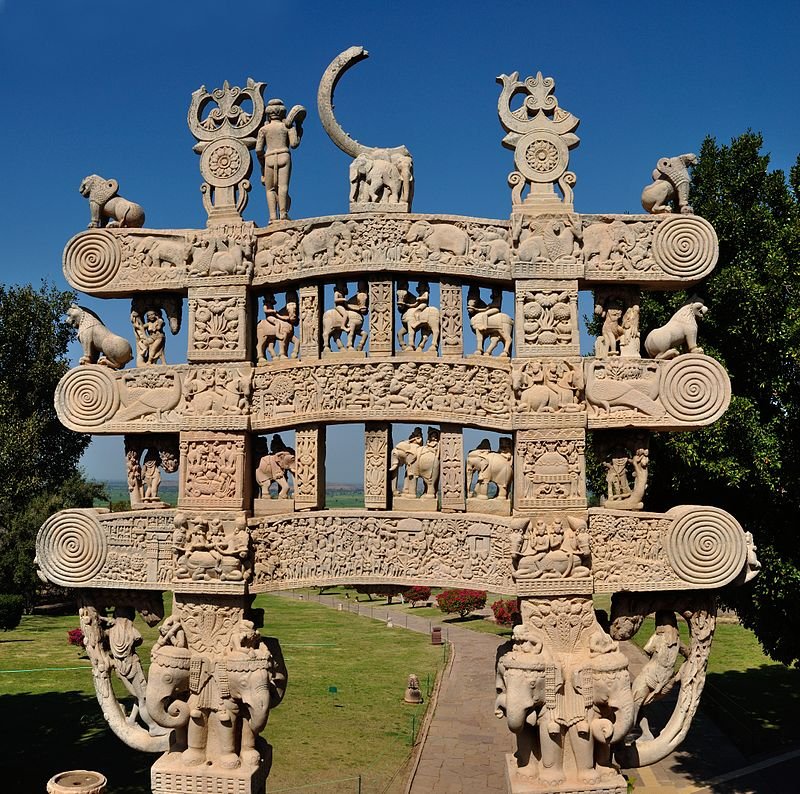
See also:
Magnificent And Massive Great Wall Of India – Astonishing Ancient Structure Shrouded In Secrecy
Mystery Of 1,000 Ancient Carved Shiva Lingas Discovered In India And Cambodia
Vijayanagara – The City Of Devas – ‘The Shining Ones’ – Place Where Mythology And History Coexist
Some of the stone carvings at Sanchi show the Buddha as a non-human figure. Instead the artists chose to represent him by certain attributes, such as the horse on which he left his father’s home, his footprints, or a canopy under the bodhi tree at the point of his enlightenment. The human body was thought to be too confining for the Buddha.
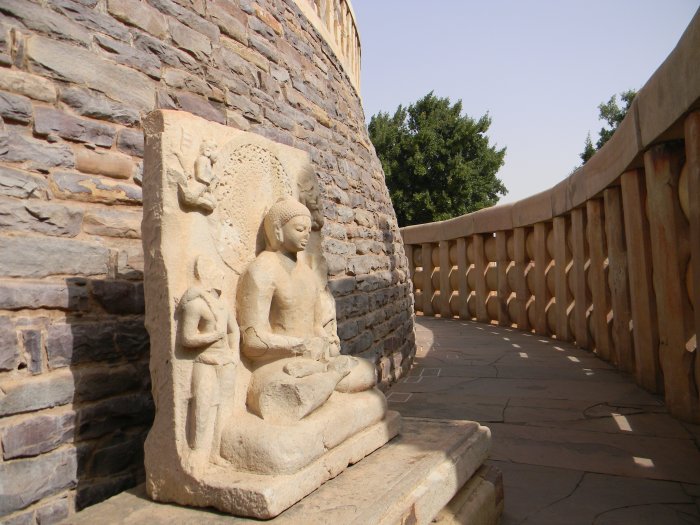
Since the fourteenth century Sanchi remained deserted and uncared for till 1818 when General Taylor rediscovered the site. Sir John Marshall established an archaeological museum in 1919, which was later transformed into the present site museum at Sanchi.
Presently under an UNESCO project Sanchi and Satdhara, a Buddhist site, 10 km south-east of Sanchi, is being further excavated, conserved and environmentally developed.
MessageToEagle.com
References:

